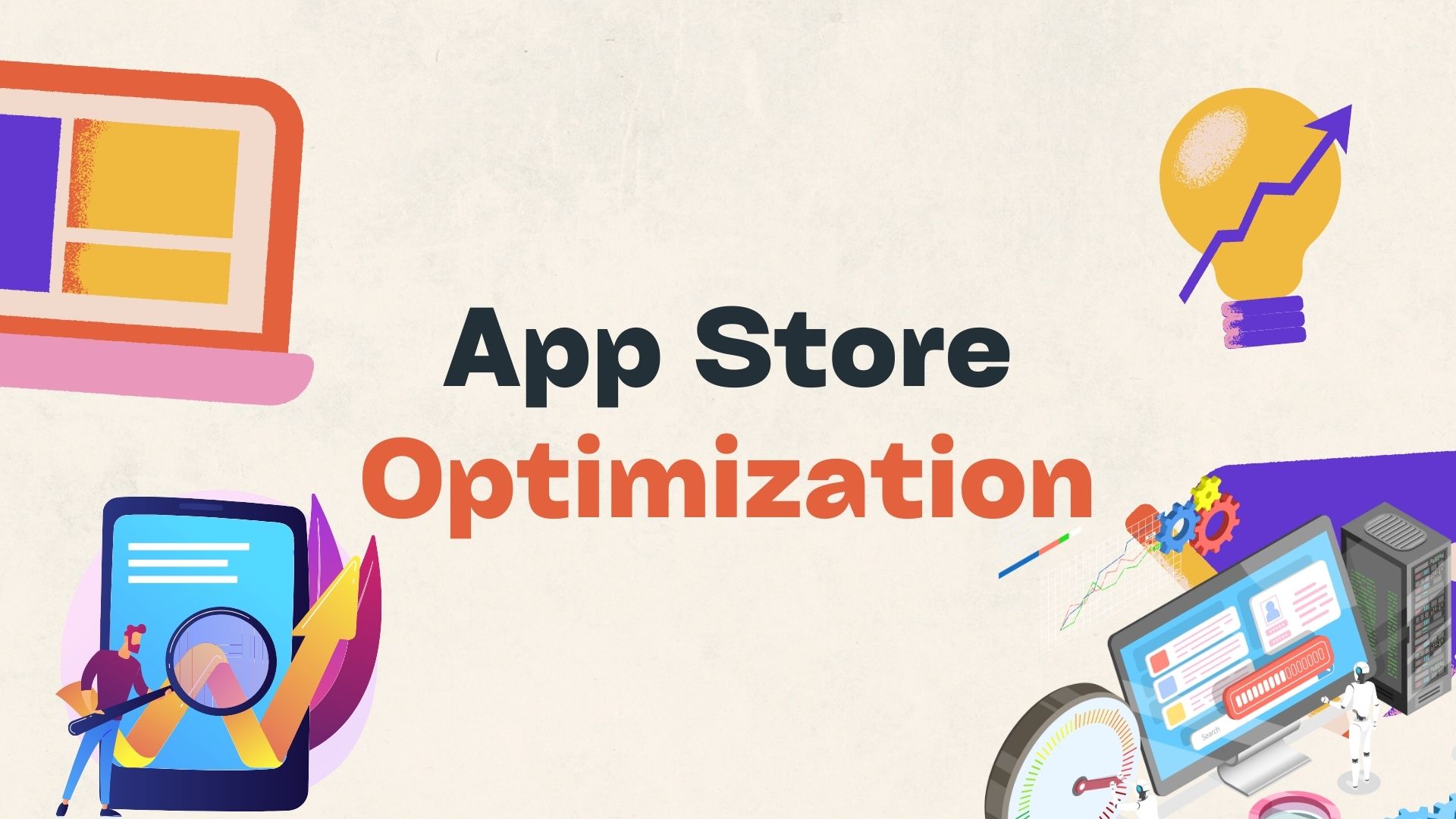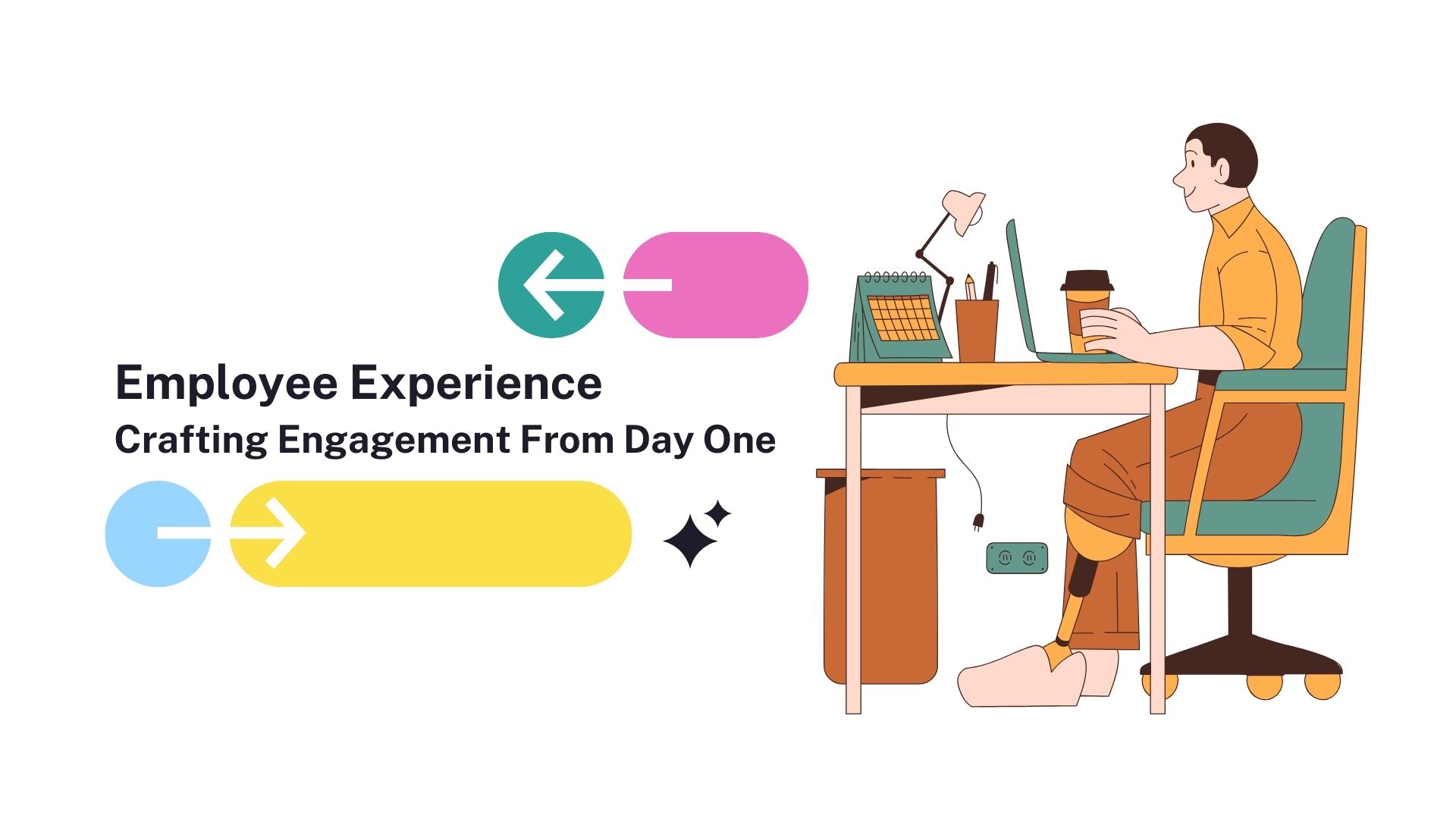Self-Service Business Intelligence: Not So Fast
For the last couple of years, IT shops abetted by vendors and consultants like Aberdeen Group and Forrester Research have been focusing on achieving “agility” in the use of analytics and business intelligence via self-service capabilities. The idea is that by giving corporate end users the ability to tap into reports and generate their own on-the-fly analyses via self-service portals, the organization can not only improve the end users’ decision-making but also make the company more responsive (and possibly proactive) with regard to customers and the business environment.
Bluntly speaking, however, this idea has major problems with it.
In the first place, this approach, if focused on while excluding all else, won't take the organization very far toward acting in an agile fashion. In fact, it may cement un-agile practices.
Another problem is that organizations are gaining much more traction, as a recent study cited in Sloan Management Review shows, by creating data scientists who bridge the IT-corporate divide and whose sole focus is being customer-focused and proactive (innovating).
Also, while end users are reporting better provision of better data for decision-making, in “best practices” organizations most of that gain comes from revising the information architecture for that purpose (again, according to Sloan Management Review research), not putting self-service lipstick on an existing BI “pig.”
Does this mean that IT should not implement self-service business intelligence? On the contrary.
Do-it-yourself, ad-hoc querying has always been a potential source of value-add to the corporate decision-maker as well as his subordinates. The gating factors have been (a) that the decision-maker talks Excel while IT and the vendors talk SQL, and (b) higher-ups want formal periodic reports while customer-facing types want to play with real-time numbers.
By focusing on serving individual users rather than imposing an external idea of what they want on them, IT takes a major step toward overcoming those gating factors, as evidenced by support for Excel in these self-service “portals” and a greater focus on real-time data and ad-hoc exploration.
However, if self-service business intelligence is the major focus of the effort to become more “agile,” then the problems cited above still remain, making self-service BI of marginal benefit to the organization as a whole.
So what do I suggest that users actually do?
Five Key Steps to Information Agility
The Fall 2012 issue of MIT Sloan Management Review offers a nice laundry list of tactics to try in order to increase decision-makers’ “agility.” These may seem counter-intuitive – but then, much of business agility seems that way at first to those who have not actually tried it.
Here’s my take on five key ideas in the article:
- Don’t focus on corporate decision-makers; focus on organizational innovators. The Review calls these “data scientists.” This is an unfortunate name. What they really are is agile data leveragers. Their customers are the decision-makers, but the data scientists do not passively react to the latest crisis; rather, data scientists actively go out and develop new analyses that spot competitive advantage. Self-service business intelligence should focus on getting the insights of these data analysts to decision-makers in a timely fashion, then allowing decision-makers to further tinker with the information.
- Don’t focus on reporting and centralized IT analytics; focus on changes in the data and Web-available sensor and social media data. Again, self-service BI that must wait for social media data to be filtered through a centralized data warehouse is headed in the wrong direction. Instead, you want “virtual data marts” and proactive discovery of new data sources on the Web, feeding to the self-service tool on a near-real-time basis. “Best practices” organizations are already beginning to do this.
- Don’t focus on “empowering the executive” and getting IT out of the way; focus on improving IT’s information-handling process as a whole, and particularly on making the process better at providing “context” on the customer experience and feedback on product innovation. What will follow, according to the Review, is competitive advantage plus higher-quality decisions from higher-quality data. And, of course, better data means better self-service BI.
- Don’t focus on more rapid decision-making; focus on understanding the customer better and using that “empathy” to drive longer-term reciprocal relationships with the right customers. In other words, analytics should not be in the service of knee-jerk crisis-response decisions that store up future customer anger, based on fear of fraud or belief that a customer is a “thing” to cross-sell and bombard with sales messages at will. Rather, it should attempt to understand each customer more deeply, avoiding both the need to make so many crisis decisions and the tendency for each decision to have unfortunate long-term side effects. Self-service BI that emphasizes this type of contextual data will educate the decision-maker about the customer – customer ignorance is something that agile marketing types have found is a serious deficit in many organizations.
- Focus less on executive decision-makers, and more on innovators that straddle the line between IT and management. For example, agile product marketers are increasingly proving their worth – and data scientists are effectively of the same stripe.
These ideas are manifestations of a strategy of information agility: an agile process (in the software development sense) that translates changes in the environment, expressed as data, into innovative products and an ongoing partnership with the customer – whether that customer is internal or a real buyer of product. What I recommend is self-service BI in support of information agility – and only in support of information agility.
The Bottom Line: Take Time to Become Truly Agile
We have seen plenty of examples in the past of ways in which IT was supposed to connect with and understand the rest of the business, and yet those ways never seemed to quite do the job. Have you noticed that agile software development is beginning to change that dynamic? Now people are increasingly asking why the rest of the business can’t be this effective.
It seems to me that continuing to pursue self-service business intelligence as a goal rather than as one among many tools for increasing process agility risks being yet another case in which IT seems to be making improvements in its understanding of the rest of the business — and in corporate’s appreciation of IT’s worth — when in fact the improvement is transitory or illusory. And so, the truism that IT is the problem will get embedded ever deeper in the organization’s DNA.
Take longer to do self-service BI in order to do information agility right. You can take the ideas cited above as places to start; but remember that what matters is that the information-handling process is agile, not that you have tried to implement one or more of those ideas.
Don’t listen to those consulting firms and vendors that tell you how agile you are becoming by implementing self-service business intelligence; listen to those that tell you about data scientists and the like.
Don’t try to do self-service BI to improve agility; improve agility first, and then fit self-service BI into your information agility process.
Above all, don’t try to buy information agility; buy support for your agile information-handling process instead.
Wayne Kernochan is the president of Infostructure Associates, an affiliate of Valley View Ventures that aims to identify ways for businesses to leverage information for innovation and competitive advantage. Wayne has been an IT industry analyst for 22 years. During that time, he has focused on analytics, databases, development tools and middleware, and ways to measure their effectiveness, such as TCO, ROI, and agility measures. He has worked for respected firms such as Yankee Group, Aberdeen Group and Illuminata, and has helped craft marketing strategies based on competitive intelligence for vendors ranging from Progress Software to IBM.

Wayne Kernochan has been an IT industry analyst and auther for over 15 years. He has been focusing on the most important information-related technologies as well as ways to measure their effectiveness over that period. He also has extensive research on the SMB, Big Data, BI, databases, development tools and data virtualization solutions. Wayne is a regular speaker at webinars and is a writer for many publications.



